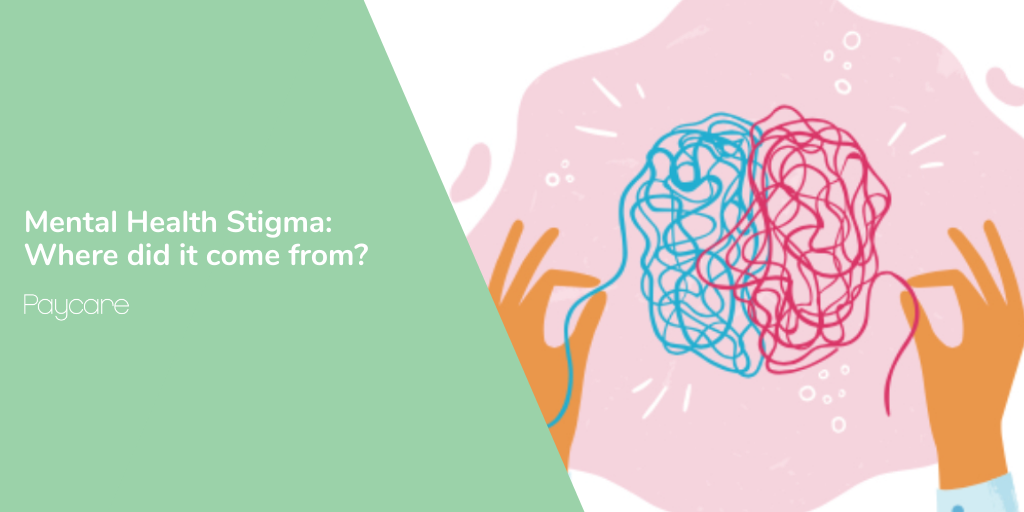For a long time, saying you had depression, or a personality disorder was not the same as saying you had heart disease or diabetes, writes our Wellbeing Manager Kerry B Mitchell. Despite mental ill health being incredibly common (around one in four are estimated to experience it during any given year), there has long been a stigma attached to the topic – and it’s taken years of campaigning to try and achieve equality between physical and mental health.
Whilst many improvements have been made with encouraging the discussion around mental health, there’s still a way to go – it’s suggested around 40% of us have concealed that we’re taking time off for our mental health, instead telling our managers we were physically unwell1. Mental health accounts for just £1 in every £10 spent by the Department for Health and Social Care2. And those with mental ill health are still commonly reporting experiencing stigma.
So, what is stigma? There are two types: public (the reaction of the general population) and self (prejudice against yourself). Those with mental ill health can experience stereotyping (negative beliefs about them just because of their condition), prejudice (where there is a negative emotional reaction to them) or discrimination (if others act on their prejudices)3.
Where does this stigma originate from?
Over hundreds of years, due to limited understanding about the causes of mental health – those with symptoms were segregated from society in what were known as madhouses or asylums, physically restrained, and even burned at the stake in some cases. Just as with physical health, what people really need is support– if someone had a broken leg then we wouldn’t be encouraging them to run or walk, and we’d also be giving them medical assistance to ease their pain. Mental health may be more complex to resolve, as everyone’s recovery will be different, but it’s still based on the same principle of offering the right support to reduce symptoms and help the person to heal.
Some of the stigma experienced in the present day is borne from the portrayal of those with mental ill health in films and on television: these tend to fall into three categories where the person is either a maniac to be feared (think the killer in Psycho), an almost childlike character who is unable to look after themselves, or a weak person who is seen as somehow responsible for their own illness.
It might be easy to think because we’re no longer claiming people with mental health conditions are witches, that we’re not doing any damage – but stigma is still a key barrier to people either asking for or continuing to take part in treatment services4. So, discrimination, stereotyping and prejudice are still having a very real impact.
While thankfully mental health treatment has improved drastically, and the public perception has too, there’s still a way to go and that’s why campaigns like Time to Change have come about.
Research has highlight three keys ways to reduce stigma: firstly, by the general public having contact with those experiencing mental ill health (which is why people speaking up about their own experiences is so vital), through protest (such as lobbying the Government for more money to be spent on services) and education.
Education is vital so people can make more informed decisions, so we can see improved attitudes around mental health, and so we diminish the negative stereotypes that remain. Without education, we’ll never get to the point where physical and mental health really are on a par.
For more information about the free monthly e-clinics and the Mental Health First Aid training provided by Paycare Wellbeing as part of a bid to help educate businesses and their employees across the UK, visit https://www.paycare.org/wellbeing-services/mental-health-first-aid/ 💻🧠👩🏫
Sources:
- https://www.peoplemanagement.co.uk/news/articles/workers-calling-in-physically-sick-mask-mental-ill-health
- https://fullfact.org/health/mental-health-spending-england/
- https://www.ncbi.nlm.nih.gov/pmc/articles/PMC1489832/
- https://www.ncbi.nlm.nih.gov/pmc/articles/PMC3248273/
- https://www.ncbi.nlm.nih.gov/pmc/articles/PMC5007563/

